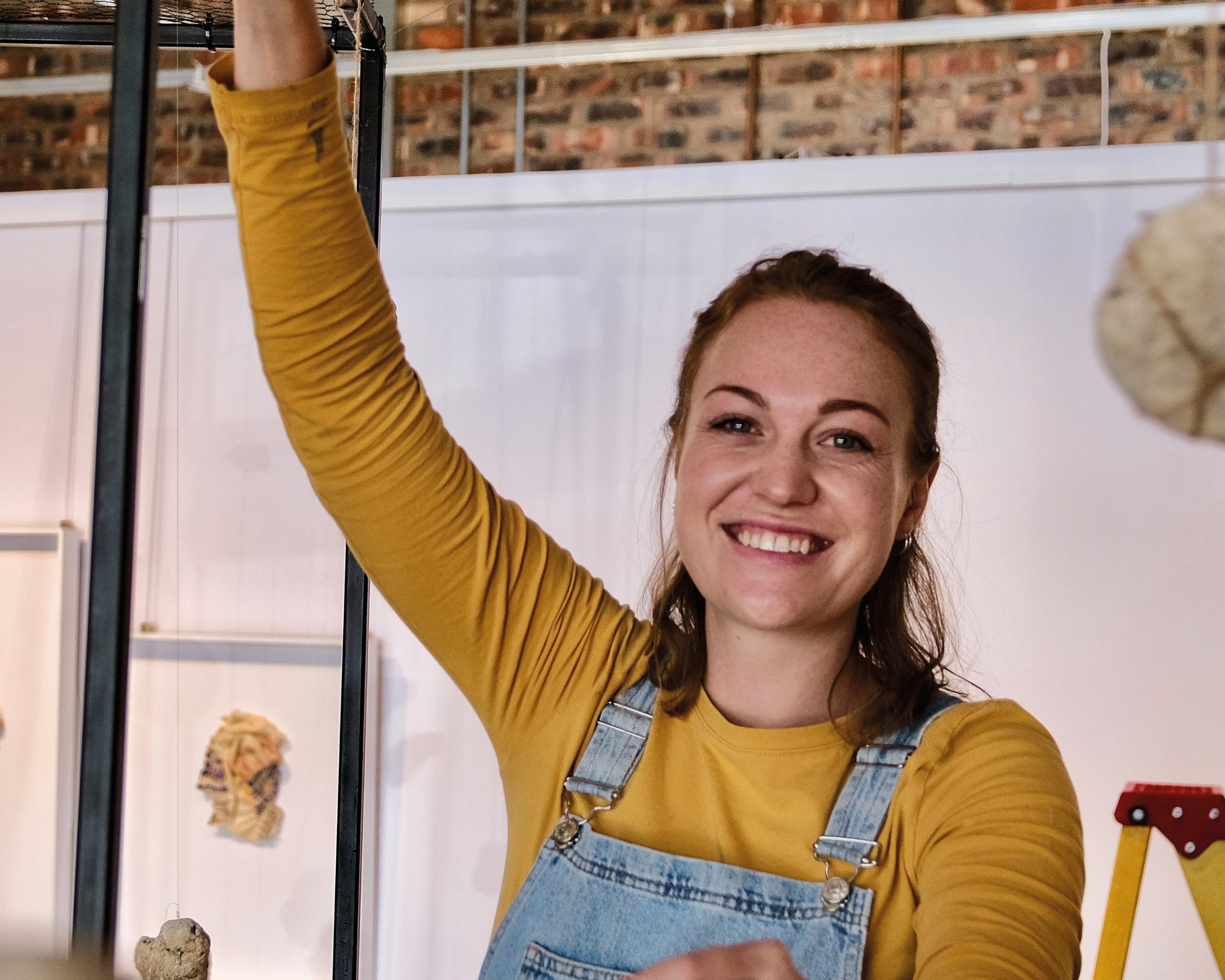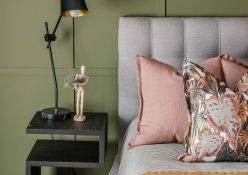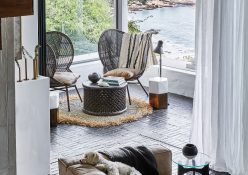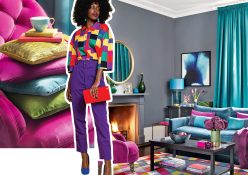A breath of fresh air and deep thought, Chrisél Attewell is an artist after our own nature-loving hearts. We caught up with her to understand the depths of sustainability within her art world
What does the word ‘sustainability’ mean to you and your art?
I believe sustainability simply means that we have the ‘ability’ to ‘sustain’ what life remains on the planet, and thus we have the responsibility to live sustainably. Donna Haraway calls this ‘response-ability’ because we have the ability to respond, and so we should. This is what I try to do in my art – to respond. Sustainability in my art, on the one hand, means making choices about the art materials I use that do not harm the planet. On the other hand, it means responding to landscapes disturbed by the relocation of people, plants and animals, through events including deforestation, desertification or violent mining. The aim is to respond to such traumatised landscapes in a way that could possibly re-stimulate people’s connection with the Earth, to natural elements and to each other. It is about connection and interconnectedness.
How did you fall into this artistry?
I believe that most people who grew up within the Millennial generation are very aware of the crises that the Anthropocene and the Capitalocene pose to our current and future livelihoods. Sustainability and our connection to the planet have always been things that are important to me. My interest has however not only been towards the planet and its survival, but also in humanity, and our human experience. My mom was a social worker and from a young age, I was exposed to very real problems within our societies, brought on mostly by the injustices of the past. When my mother passed away, I went on a residency in Knysna in pursuit of healing. Nature has always been a place where I could find peace and feel connected to something bigger. To me, Knysna has always been one of the most beautiful natural landscapes in South Africa and held many nostalgic memories. When I arrived, however, instead of being met with the lush landscape of my childhood memories, I was met with a scorched one. The devastations of the 2017 wildfire disaster had eradicated the landscape I remembered, and this destruction shook me to my core. It was after this that I started to join together my interest in people and natural ecologies. I believe that having a connection to the Earth is an essential part of our human experience.
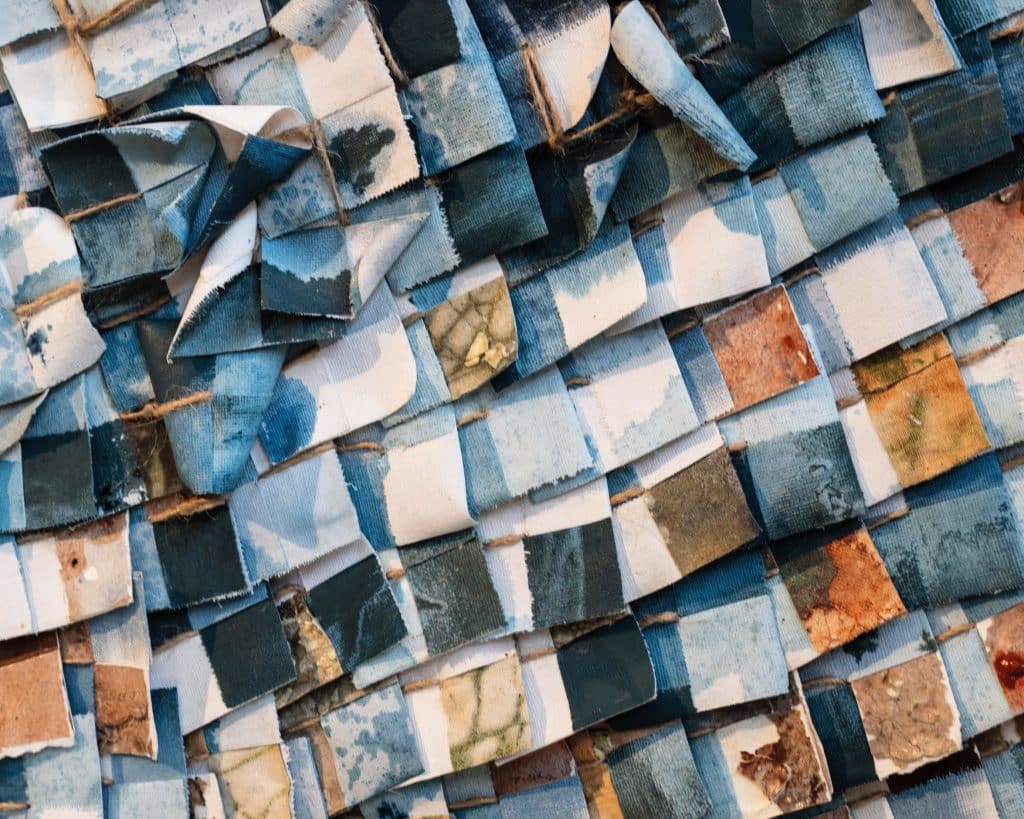
What motivates and drives you to continue producing the work that you do?
There are multiple aspects that drive and motivate me. The most important one is curiosity. I am curious about our planet, people, and the need to explore the different ways we can all live together more harmoniously, more balanced. The second aspect is playing. It is not always the case; I am sometimes very confused, tired and frustrated, but I thoroughly enjoy my work most of the time. Allowing myself to play and have fun is always a big driving force to keep creating. Another aspect is a sense of duty. As Nina Simone said, ‘An artist’s duty, as far as I’m concerned, is to reflect the times.’ I believe that this generation faces the urgent job to cultivate within each other our capacity to respond to the times; it is our ‘response-ability’.
In terms of your accomplishments, and there are many, which stands out to you the most?
During my development as an artist, I am most proud of my perseverance. I think it is a big accomplishment to keep believing in your artistic practice when you are faced with a multitude of insecurities, personal, and financial challenges as a young artist. The fact that I still have faith in the meaning of my art, that I never stopped creating, and that I still have a deep desire to create, is for me a bigger accomplishment than any award I’ve achieved or exhibitions I had.
Your work certainly carries a presence and draws the viewer in to want to touch it. Was this intentional?
Thank you, that is a very kind compliment. Yes, this is absolutely intentional. I think a lot about ways of possibly drawing the viewer in. In one of my earlier answers, I already spoke of how important I regard the presence of the artist in an artwork. I make work for those moments where the viewer reaches out to the work. Someone reaching out to touch a work makes me the happiest. In my work, I respond to landscapes in crisis, but I do this through curiosity and play. Play is a naturally joyful experience for all species. By playing with layering and different textures in my work, I hope to draw the viewer in; I want them to want to touch it – and in most cases, I encourage it! This is my way of reaching out to the viewer, connecting with them, making them curious or telling them a story.

From all the raw materials, which is your favourite to work with?
I love working with different materials because they all have unique qualities that make them so enjoyable to work with. I love oil paint for its texture and immediacy. I love clay, soil and rocks as it makes me feel directly connected to the landscape. I love that glass has a mind of its own, and I am always required to respond to what it wants to do. Glass is also a material that comes from the earth. By applying intense heat to sand, glass is formed. For me, glass captures the tension and balance between fragility and resilience. I love these and many more materials, but I suppose one of my favourite raw materials is found objects.
Any wise words for the young artists out there?
Trust in your ability to learn. You don’t have to have all the answers when you start making work, but make work regardless. Hold on very tightly to your curiosity and will to play. Everyone’s journey is different, and everyone’s timing is different. You are successful as long as you keep learning and developing. Hopefully, the learning never stops.
Words by Yashna Balwanth
Photography: Images Courtesy of Berman Contemporary



